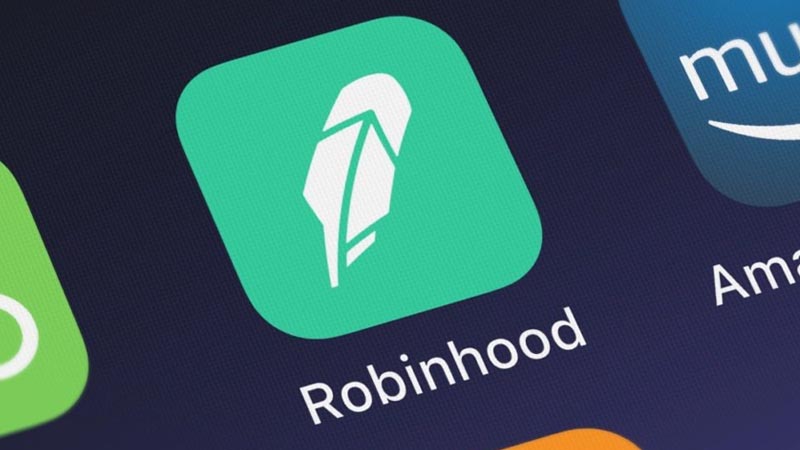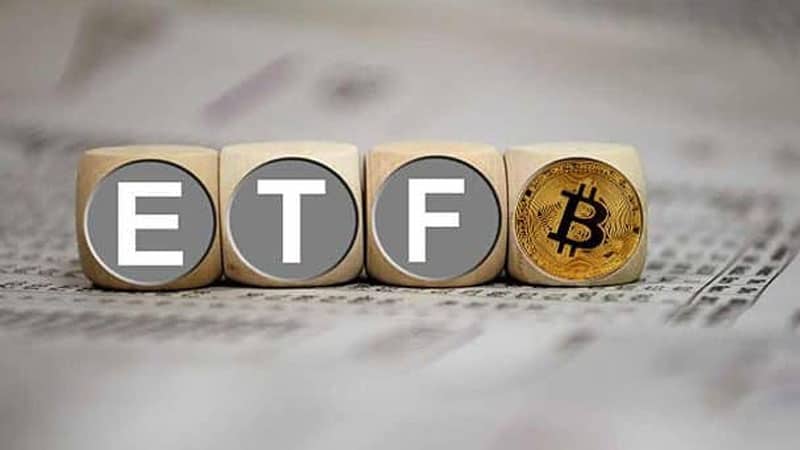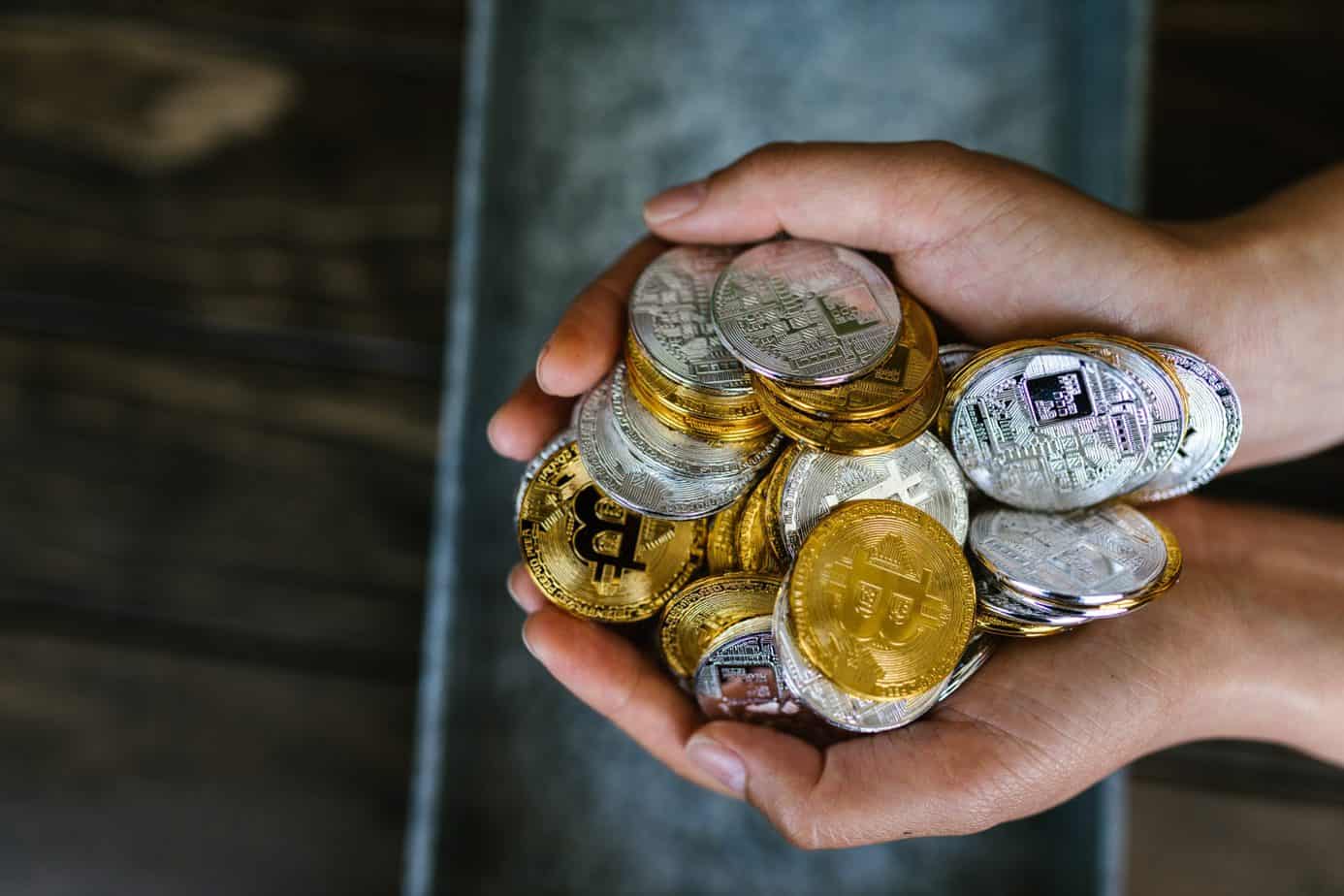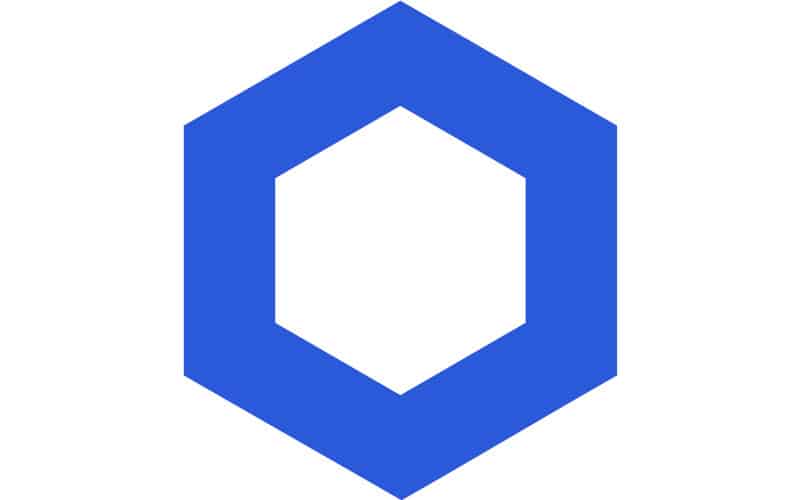Last Updated on
With the help of a cryptocurrency called Chainlink, a vast network of computers will be encouraged to give trustworthy, actual-world data to smart contracts that are built on top of blockchains. Chainlink hopes to one day support all networks for blockchain-based smart contracts.
The Chainlink team then conducted an initial coin offering (ICO), selling a third of the LINK cryptocurrency’s 1 billion unit supply to raise the equivalent of $32 million.
The remaining tokens were distributed as follows:
- 35% was given to node operators as incentives,
- and 30% was given to SmartContract for use in developing the Chainlink blockchain.
The Chainlink team entered a crowded field of projects in 2017 but has so far been successful in realizing its goals, expanding its focus beyond Ethereum (ETH) in the midst of a flurry of market activity.
Chainlink to USD Chart
[ccpw id=”157233″]
Convertor
[ccpw id=”157238″]
Coin Project
[ccpw id=”157240″]
If you’re not familiar, smart contracts are agreements that are programmed to go into effect if and when specific requirements are met. Smart contracts have already been applied to a variety of tasks, including the development of new crypto assets and innovative crypto-financial products.
However, a persistent problem is that the majority of smart contracts require some sort of external data source in order to correctly carry out their terms. Smart contracts may require access to APIs reporting on market prices or Internet of Things data, for instance, if they want to replicate bonds or insurance contracts.
If Chainlink can help smart contract users with their major issues, it may become a crucial tool for integrating blockchain technology with practical applications.
In order to solve this problem, Chainlink was developed, which rewards data suppliers (also known as “oracles”) for serving as a link between external data sources and blockchain smart contracts.
Due to the reputation scores that are assigned to each oracle in the Chainlink network, it is advantageous for them to provide accurate data. Furthermore, nodes are rewarded with LINK, the cryptocurrency of Chainlink, when they adhere to the software‘s rules and provide useful data.
Developers looking to build blockchain-based financial products with the need to access and validate external data sources may be interested in Chainlink.
Markets
[ccpw id=”41288″]
Wallets
| Ledger | Visit website |
| Trezor | Visit website |
| Math Wallet | Visit website |
| Trust Wallet | Visit website |
| BTC Wallet | Visit website |
| Electrum | Visit website |
| Coinbase | Visit website |
| Cobo | Visit website |
News
You might be interested in

Around 7 million Robinhood users affected by data breach

Bitcoin ETF: What is it, price, and ticker symbol


FAQs
What are blockchain oracles?
The use of blockchain oracles allows smart contracts to operate based on inputs and outputs from external systems by connecting blockchains to those systems. The decentralized Web 3.0 ecosystem can access legacy systems, existing data sources, and cutting-edge computations thanks to oracles.
How is Chainlink different from Ethereum?
In contrast to Ethereum, which is a blockchain platform on which programmers can create applications, Chainlink is a decentralized oracle network. The market capitalization of Ethereum is 32 times greater. Although Ethereum presents a lower risk than Chainlink, it has a higher potential return on investment (ROI).
Who are Chainlink’s competitors?
The three biggest rivals are Band Protocol, API3, and WINKlink. They are Oracle Networks, vying with one another for partnerships and integration. But compared to the other three put together, Chainlink has ten times as many partnerships and integrations.



